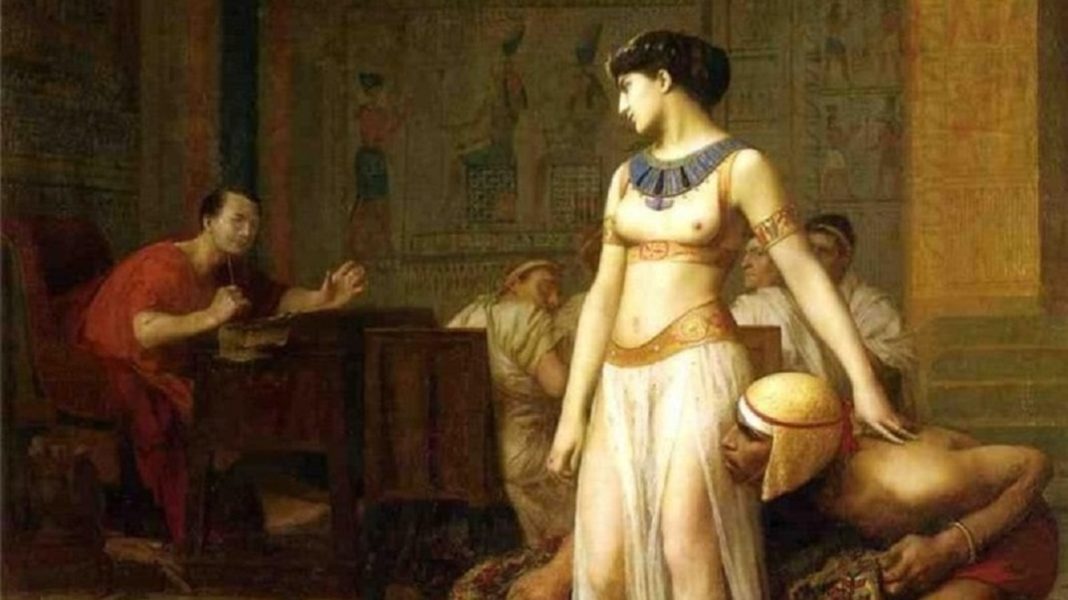Cleopatra. The name conjures images of stunning beauty, but what did Cleopatra look like? History offers a surprising answer: we may never know for sure. But Cleopatra’s legacy extends far beyond physical appearance. In this article, we will delve into her captivating story, exploring her rise to power, political maneuvers, and the enduring mystery surrounding her looks.
This exploration will navigate the world of Roman politics, decipher historical accounts, and explore modern attempts to reconstruct Cleopatra’s face. Prepare to be surprised by a woman whose intelligence, charisma, and political acumen shaped history.
The Enduring Allure of Cleopatra: Beyond the Hollywood Icon
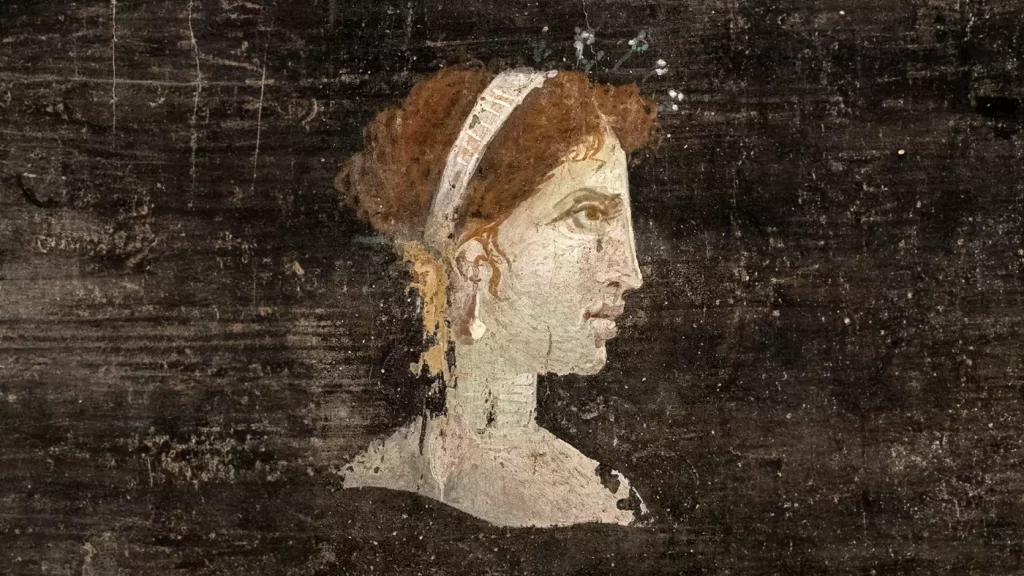
Cleopatra VII Philopator. The name evokes a potent image: a regal beauty with piercing eyes and an air of intrigue. For centuries, this last active pharaoh of Ancient Egypt has captivated artists, writers, and history buffs alike. But how did Cleopatra look like in real life? Unlike her larger-than-life persona, the answer remains frustratingly elusive.
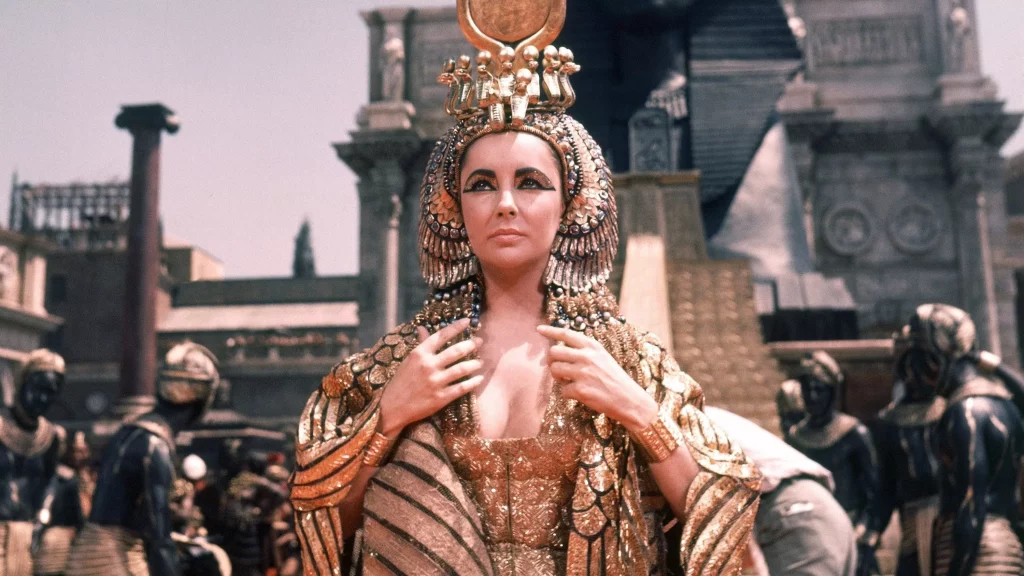
Popular culture paints Cleopatra with a broad brushstroke of unmatched beauty. From Elizabeth Taylor’s portrayal in the 1963 film to Monica Bellucci’s recent turn, these depictions are heavily influenced by artistic license and later Roman accounts. These sources, while valuable, may have been embellished for dramatic effect.
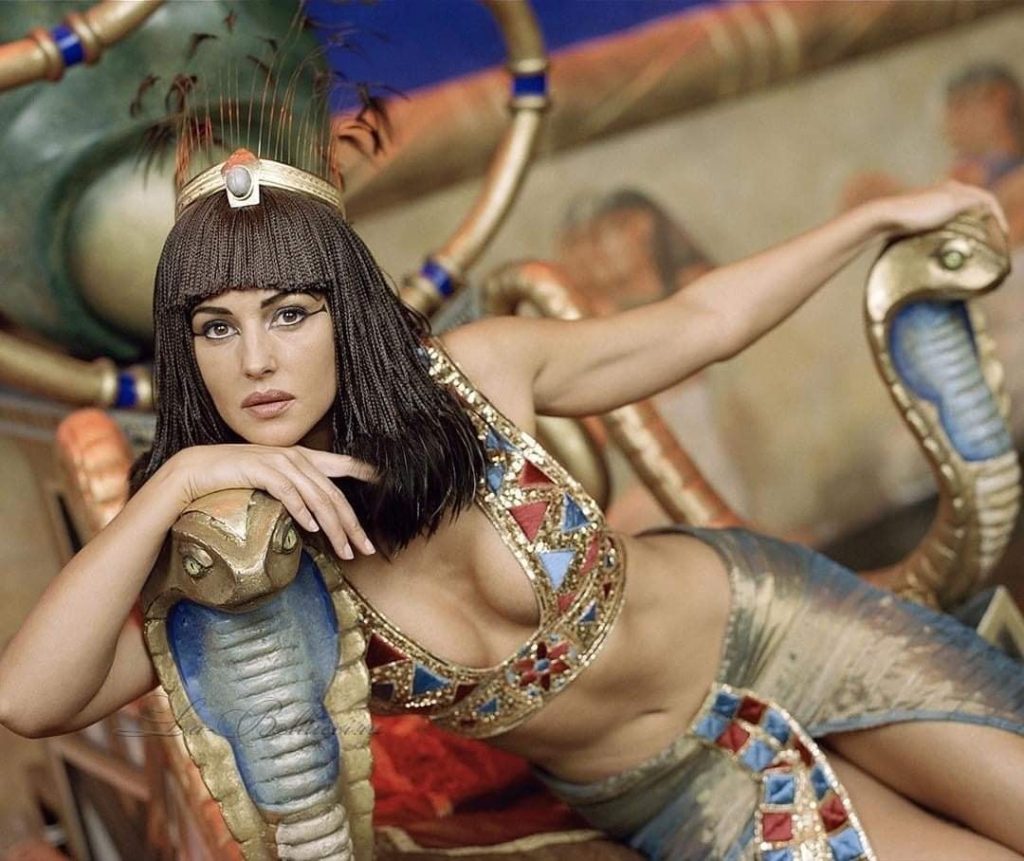
Cleopatra’s lineage offers some clues. Descended from a line of Macedonian Greeks who conquered Egypt centuries before her reign, she likely wouldn’t have resembled the stereotypical image of an Egyptian pharaoh. However, pinpointing her exact ethnicity is difficult.
Historical accounts by Roman contemporaries like Plutarch offer a more nuanced, and perhaps less flattering, picture. While acknowledging her charisma and intellect, these writings place less emphasis on physical beauty. This discrepancy could be due to cultural biases or a focus on her political maneuvering.
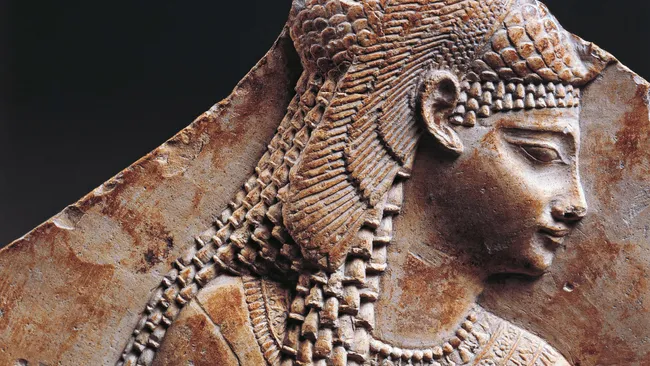
The truth, as is often the case with history, likely lies somewhere in between. Cleopatra’s allure may have stemmed not just from physical beauty, but from a captivating personality, sharp wit, and undeniable political influence. She was a multilingual diplomat who navigated a complex world dominated by men. This combination of intelligence, charisma, and power is arguably a more enduring legacy than a single, “perfect” image.
Cleopatra’s Lineage and Rise to Power: A Queen Forged in Hellenistic Egypt
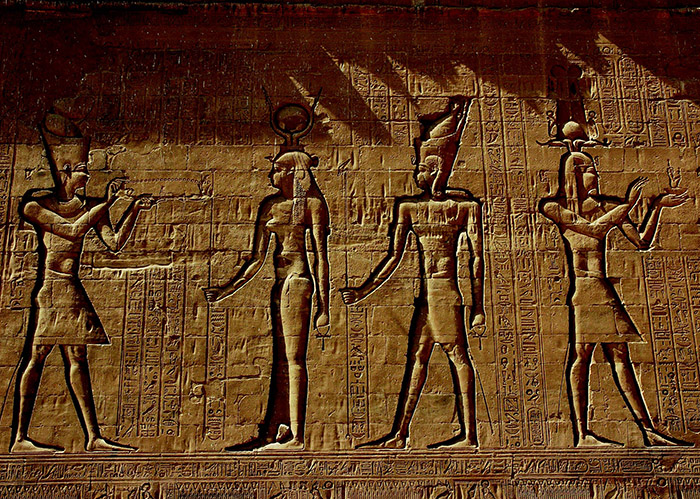
The captivating story begins not with how Cleopatra looks, but with her heritage. Descended from a line of Macedonian Greeks called the Ptolemies, she wasn’t a native Egyptian pharaoh in the traditional sense. Following the conquests of Alexander the Great, Ptolemy I Soter, a general in Alexander’s army, established Ptolemaic rule over Egypt in 305 BCE. The Ptolemies adopted many aspects of Egyptian culture, even adopting pharaonic titles and marrying within the royal family. However, they also retained their Greek language and customs, creating a unique blend of Hellenistic and Egyptian culture.
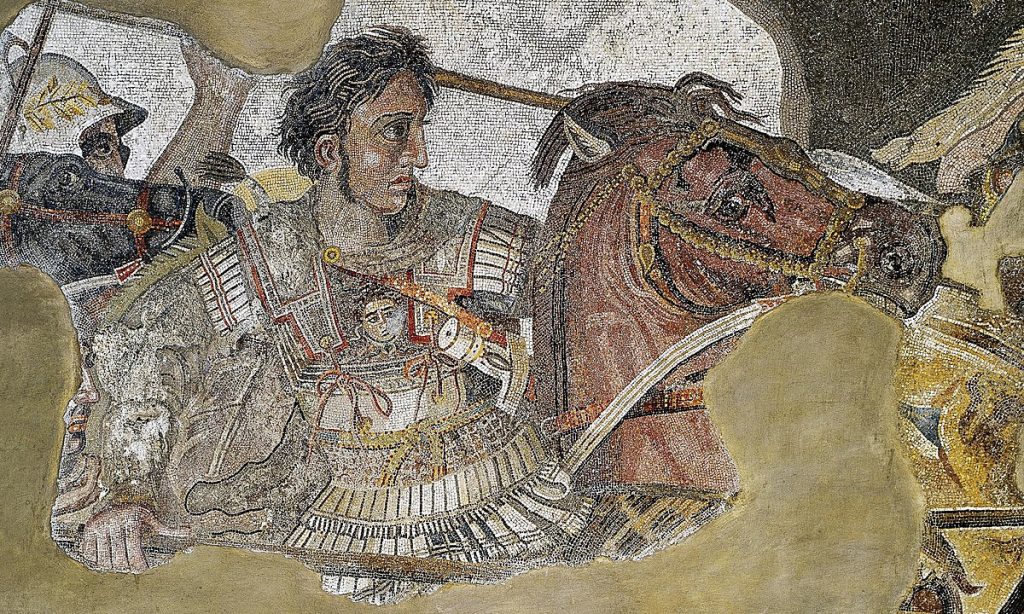
Cleopatra VII, born in 69 BCE, was the product of this intriguing lineage. By the time she entered the scene, the Ptolemaic dynasty was facing significant challenges. Weakened by internal conflicts and burdened by Roman debt, Egypt’s once-mighty empire was starting to crumble.

Cleopatra’s path to power was far from straightforward. How did Cleopatra look like in real life might be a mystery, but her political acumen is well documented. Ascended to the throne at a young age, she co-ruled with her father and then her younger brother, both of whom proved to be less than effective leaders.
Determined to maintain Egypt’s independence and restore its former glory, Cleopatra embarked on a series of daring political maneuvers. She skillfully navigated the treacherous world of Roman politics, forming alliances with powerful figures like Julius Caesar and Mark Antony. These alliances were not solely political; some historians suggest romantic entanglements played a role. However, Cleopatra’s intelligence and diplomatic skills were undeniable. She used her knowledge of multiple languages, including Egyptian and Latin, to forge connections and assert her authority.
Through a combination of political savvy, personal charisma, and strategic alliances, Cleopatra defied the odds and carved out a space for herself in a world dominated by men. Her reign, though ultimately marred by conflict with Rome, solidified her place as one of history’s most fascinating and complex rulers.
Cleopatra and the Roman World: A Queen on the Roman Stage
Cleopatra’s story takes a dramatic turn when we enter the bustling world of the Roman Republic. Facing a precarious political situation in Egypt, Cleopatra understood the importance of forging alliances with powerful Roman figures. Enter Julius Caesar, a charismatic and ambitious Roman general-turned-statesman. Their meeting in 48 BCE was as much a political maneuver as it was a personal connection, though some sources hint at a passionate affair. Caesar, impressed by Cleopatra’s intellect and political savvy, intervened in a dynastic struggle and restored her to the throne alongside her younger brother.
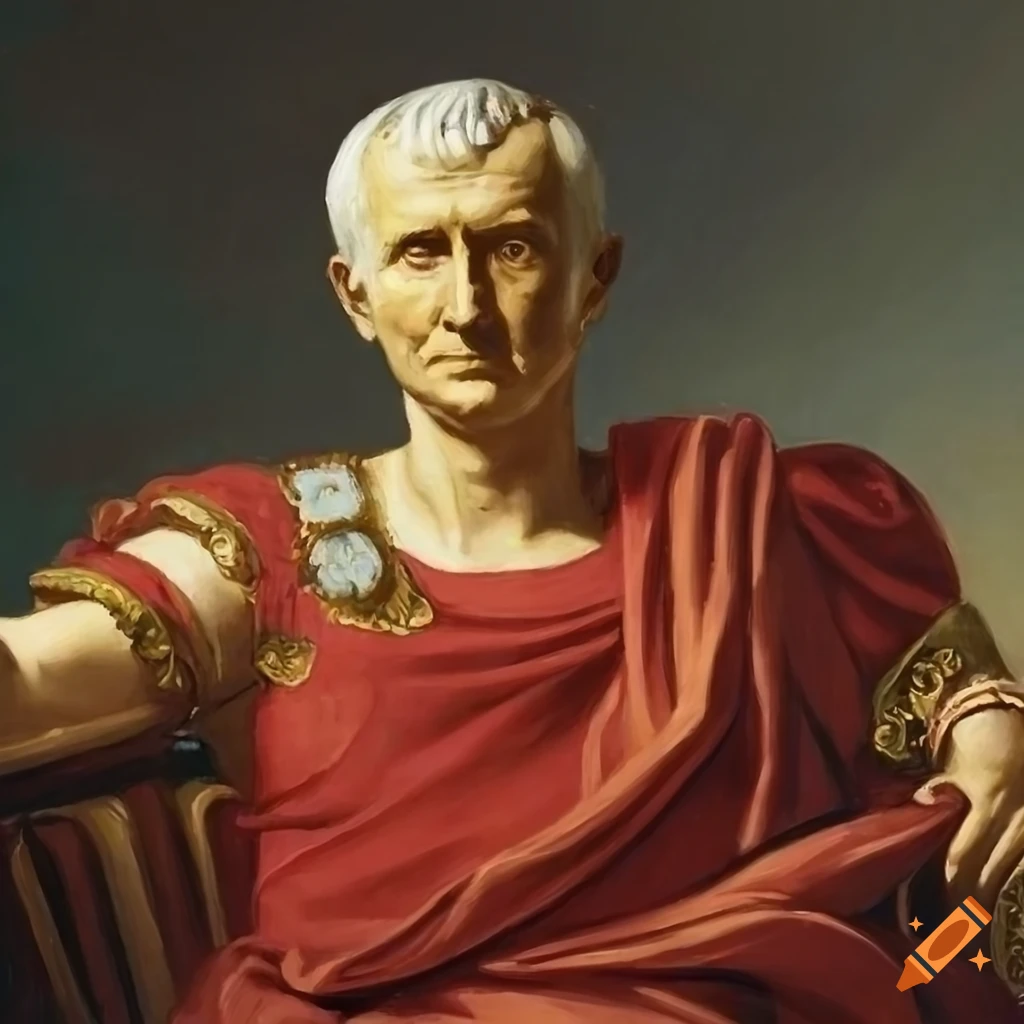
However, Caesar’s assassination in 44 BCE threw the Roman world into civil war. Cleopatra, ever the political pragmatist, aligned herself with Mark Antony, Caesar’s most capable lieutenant. Their alliance, fueled by both political ambition and personal attraction, aimed to solidify their control over the Eastern Mediterranean. Together, they had several children, further strengthening the bond between Egypt and Rome.
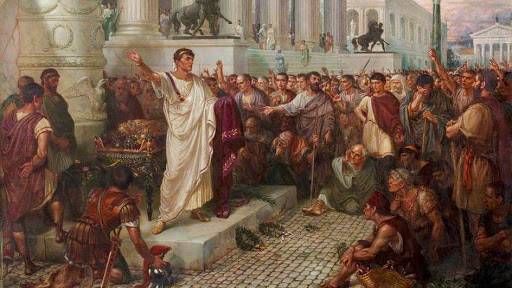
How Did Cleopatra Look Like in Real Life?
While the historical record is silent on this point, it’s clear that Cleopatra’s influence extended beyond physical beauty. She captivated Roman audiences with her fluency in Latin and Greek, a rarity for women of the time. Her knowledge of Egyptian culture and her ability to connect with the local populace further bolstered her position.
The alliance with Antony, however, proved disastrous. Their defeat by Octavian (the future emperor Augustus) at the Battle of Actium in 31 BCE marked the end of Ptolemaic rule in Egypt. Cleopatra and Antony, cornered and fearing Roman retribution, took their own lives.
Cleopatra’s interactions with prominent Roman figures like Caesar and Antony were a potent mix of political ambition, personal connection, and ultimately, tragic consequences. While the motivations behind these alliances remain a subject of debate, it’s undeniable that Cleopatra was a skilled negotiator and a powerful ruler who refused to be relegated to the sidelines of the Roman political drama.
Cleopatra Through Roman Eyes: Beyond Physical Beauty
While Hollywood paints Cleopatra with a flawless face, the reality, as captured by Roman writers and artists, paints a more nuanced picture. How Did Cleopatra Look Like in Real Life? While the answer remains elusive, these accounts offer intriguing insights into her personality and influence.
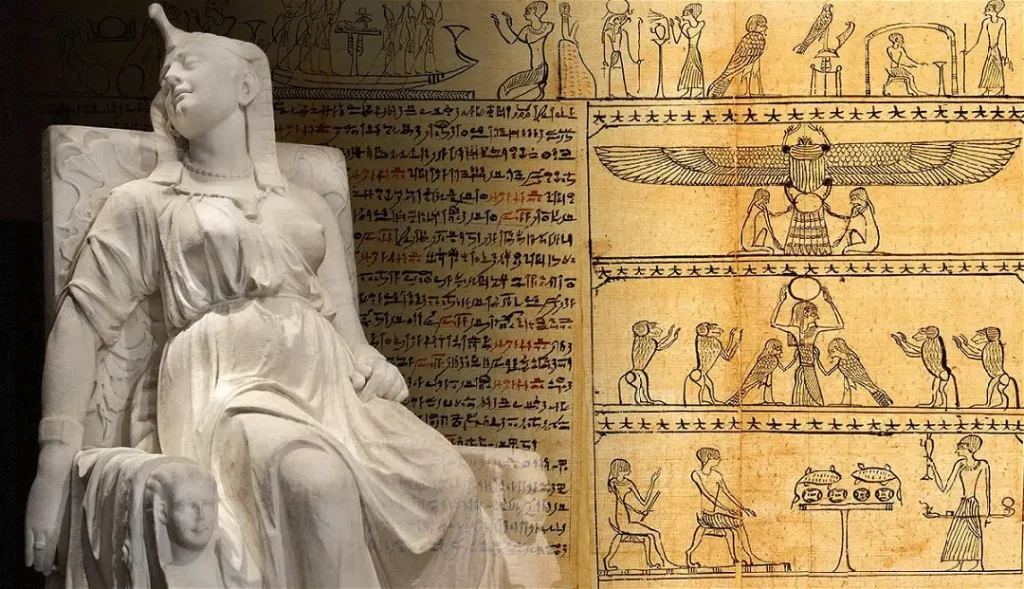
One of our primary sources is Plutarch, a Greek biographer writing a century after Cleopatra’s death. In his “Lives,” he describes her as possessing an “irresistible charm” and a “sweet voice” that could “persuade at will.” Interestingly, his focus is on her charisma and intellect rather than her physical beauty. He mentions her “actual beauty” wasn’t “altogether incomparable,” suggesting it wasn’t her defining feature.
Similarly, Roman historian Cassius Dio describes Cleopatra as a “woman of surpassing beauty,” but his account also emphasizes her cunning and ambition. These descriptions, while potentially colored by Roman cultural biases, hint at a woman who used more than just physical allure to achieve her goals.
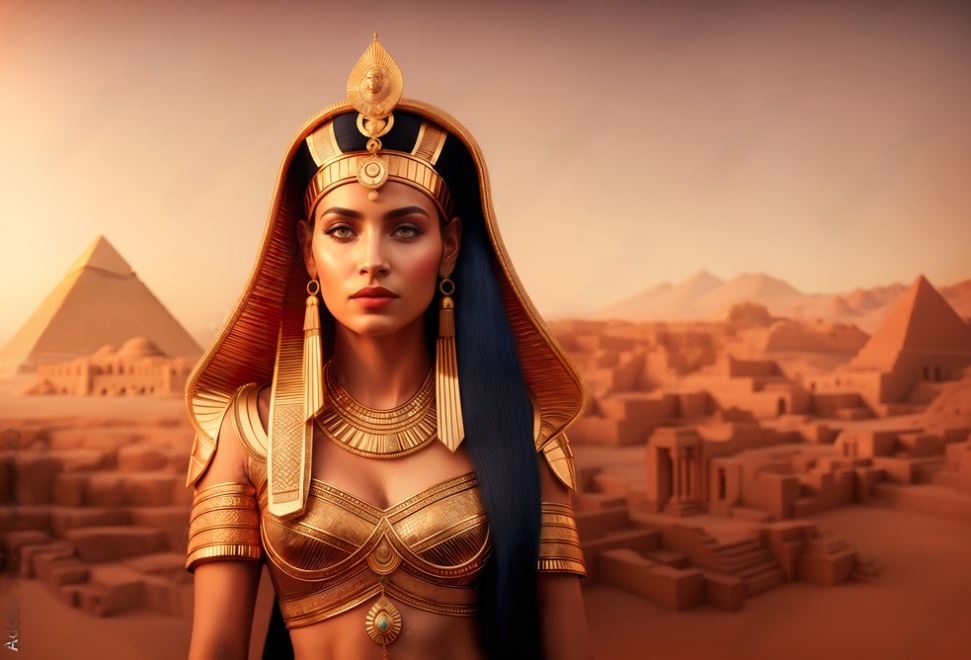
Cleopatra’s mastery of languages further bolstered her image. Unlike many Roman women, she was fluent in Egyptian, Greek, and Latin. This linguistic prowess allowed her to connect with a wider audience and project an image of intelligence and cultural sophistication.
Art from the Roman era offers limited physical clues. Coins minted during Cleopatra’s reign depict her with a prominent nose, a strong jawline, and a regal bearing. However, the artistic conventions of the time prioritized idealized portrayals over strict realism.
The lack of definitive, lifelike portraits from Cleopatra’s time fuels the ongoing debate about her appearance. However, Roman accounts, while not dwelling on physical beauty, paint a picture of a captivating leader with a keen intellect and a magnetic personality. These qualities, coupled with her political acumen, likely played a far greater role in her historical impact than any single physical attribute.
A Search for Physical Evidence: Unveiling the Enigma of Cleopatra’s Appearance
How Did Cleopatra Look Like in Real Life? This question continues to intrigue historians and the general public alike. Unfortunately, the answer remains frustratingly elusive due to the limited physical evidence available. Unlike some of her Roman contemporaries, there are no surviving paintings or sculptures directly attributed to Cleopatra. This lack of concrete evidence fuels speculation and artistic interpretations, but it doesn’t provide a definitive answer.
One source of information comes from coins minted during Cleopatra’s reign. These coins depict her profile with a prominent nose, a strong jawline, and a regal bearing. However, relying solely on coins for a realistic portrayal presents several challenges.

Firstly, artistic conventions of the time prioritized idealized portrayals of rulers over strict realism. Features might be exaggerated or softened to conform to established aesthetic standards. Additionally, the quality of the engraving on these coins can be inconsistent, making it difficult to discern precise details.
Secondly, the coins themselves were primarily used for propaganda purposes. They aimed to project an image of power and authority for Cleopatra, potentially influencing the way her features were represented.
Despite these limitations, coins offer a glimpse into the official image Cleopatra wanted to cultivate. However, they don’t provide a definitive answer to the question of her actual physical appearance.
Modern attempts to reconstruct Cleopatra’s face using forensic techniques and 3D modeling rely heavily on these coins and historical descriptions. While these reconstructions give us a potential idea of what she might have Cleopatra looked like, they are ultimately informed interpretations rather than definitive portraits.
The lack of concrete evidence surrounding Cleopatra’s appearance adds to the mystery that surrounds her. In the absence of a definitive answer, the allure of Cleopatra transcends physical beauty. Her legacy is built on her intelligence, political savvy, and her ability to navigate a complex world dominated by men.
Modern Reconstructions and Speculation: Unveiling the Enigma (But Not the Answer)
How Did Cleopatra Look Like in Real Life? The lack of definitive evidence has fueled centuries of speculation and artistic interpretation. In recent years, advancements in technology have led to attempts at reconstructing Cleopatra’s face using a combination of existing evidence and scientific techniques.
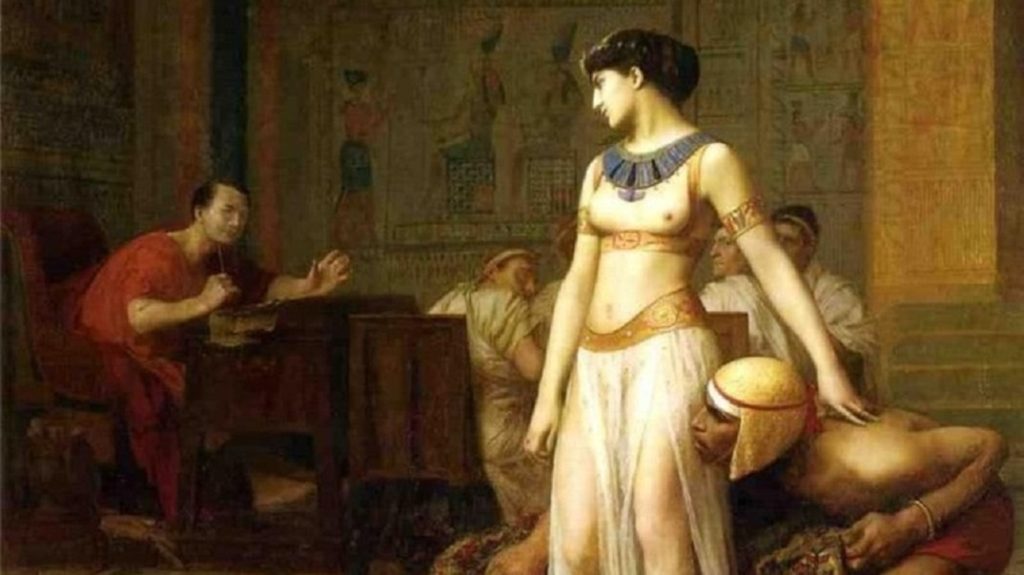
These reconstructions typically rely on coins minted during her reign, alongside historical descriptions that, while limited to physical details, mention her prominent features. Forensic artists and computer modeling come into play, using these sources to create a possible image.
However, these reconstructions come with significant limitations. The aforementioned challenges associated with coins as a reliable source remain. Additionally, historical descriptions, often written decades after Cleopatra’s death, might be colored by cultural biases or rely on hearsay.
Furthermore, the reconstructions themselves involve a degree of artistic interpretation. Decisions about skin tone, hair color, and eye shape are based on educated guesses and assumptions about her ethnicity.
Cleopatra’s ancestry is another point of ongoing debate. How Did Cleopatra Look Like in Real Life? Descended from a line of Macedonian Greeks who ruled Egypt for centuries, she wouldn’t have looked like the stereotypical image of an Egyptian pharaoh. However, pinpointing her exact ethnicity is difficult. Modern reconstructions often depict her with olive skin and dark hair, reflecting her Greek heritage. Yet, some scholars argue for a more diverse appearance, considering the long history of intermarriage within the Ptolemaic dynasty.
Ultimately, these reconstructions offer a glimpse into what Cleopatra might have looked like. They’re valuable tools for sparking the imagination and fostering a deeper connection with history. However, they are not definitive portraits and shouldn’t be mistaken for factual representations.
The mystery surrounding Cleopatra’s physical appearance, ironically, highlights a more significant truth. Her legacy extends far beyond how Cleopatra looks. She was a brilliant strategist, a skilled diplomat, and a powerful ruler who defied expectations in a male-dominated world. Perhaps the most captivating aspect isn’t how Cleopatra looked, but the way she used her intelligence, charisma, and political acumen to shape history.
Beyond Physical Beauty: Cleopatra’s Enduring Legacy
How Did Cleopatra Look Like in Real Life? While the answer remains shrouded in some mystery, the truth is, it may not be the most important aspect of her story. Cleopatra’s legacy transcends physical beauty. She was a brilliant leader, a master negotiator, and a captivating personality who defied expectations in a world dominated by men.
Her intelligence and political acumen are undeniable. Fluent in multiple languages, she navigated the treacherous world of Roman politics with remarkable skill. She formed strategic alliances with powerful figures like Julius Caesar and Mark Antony, securing her position and influencing the course of history.
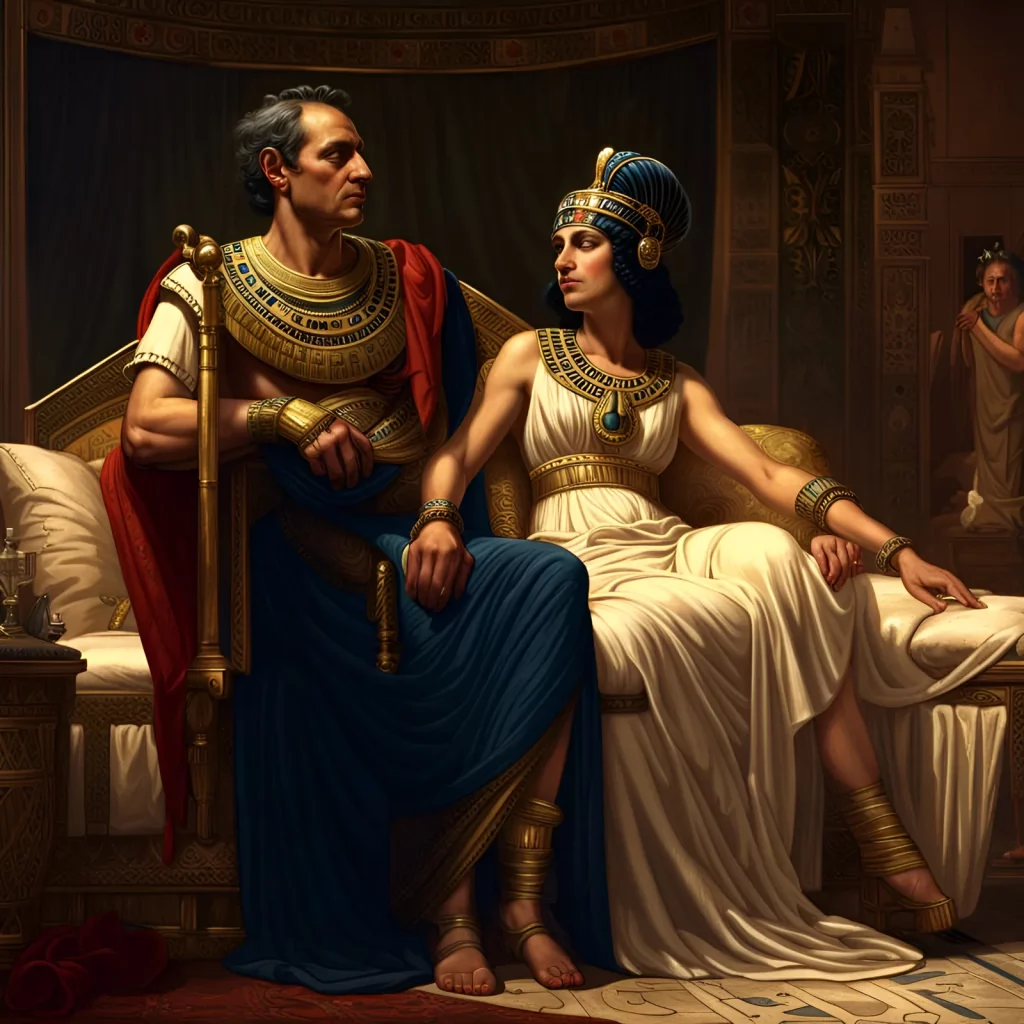
Julius Caesar, spending an evening with the Egyptian royal Cleopatra. (Generated with AI)
Cleopatra was also a patron of the arts and sciences. She embraced Egyptian culture while fostering connections with the Hellenistic world. This cultural influence extended far beyond her reign, leaving a lasting impact on the region.
The enduring fascination with Cleopatra speaks volumes about her life and legacy. From captivating portrayals in literature and film to ongoing historical debates, she continues to spark our imaginations. The mystery surrounding her physical appearance only adds to her allure.
Perhaps the most intriguing aspect of her isn’t how Cleopatra looked, but the way she used her intelligence, charisma, and political savvy to shape history. She remains an icon of female power and a reminder that true legacy is built on more than just physical beauty.
While the question of how Cleopatra looked in real life might never be definitively answered, the ongoing exploration of her life and accomplishments continues to captivate us. Her story offers valuable lessons in leadership, cultural exchange, and the enduring power of a strong personality.
Frequently Asked Questions (FAQs)
1. Was Cleopatra truly beautiful?
There is no definitive answer to this question. Historical accounts offer some clues, but they focus more on her charisma and intellect than physical appearance. Artistic depictions are also unreliable as they were likely idealized for propaganda purposes.
2. What did Cleopatra look like according to historical accounts?
Roman sources describe Cleopatra as having an “irresistible charm” and a “sweet voice” that could be persuasive. Some mentions suggest she had a prominent nose and strong jawline, but details are limited.
3. How do historians attempt to reconstruct Cleopatra’s appearance?
Modern historians rely on coins minted during her reign and descriptions from Roman writers. Forensic techniques and 3D modeling are then used to create a possible image. It’s important to remember these are interpretations, not definitive portraits.
4. What is Cleopatra’s legacy beyond physical beauty?
Cleopatra’s true legacy lies in her intelligence, political skills, and leadership. She was a multilingual diplomat who navigated a complex world and shaped the course of history. Her patronage of the arts and sciences also left a lasting cultural impact.
5. Why does Cleopatra continue to fascinate us?
The mystery surrounding her appearance adds to her intrigue. However, it’s her intelligence, charisma, and defiance of expectations in a male-dominated world that make her a truly captivating historical figure.
History is filled with captivating tales of powerful rulers. While Cleopatra’s reign continues to spark debate about her physical appearance, delve into the equally enigmatic meeting of King Solomon and the Queen of Sheba on Mystery Uncover. Their stories, shrouded in both legend and archaeological discoveries, offer a glimpse into a bygone era of wisdom, wealth, and diplomatic finesse.


